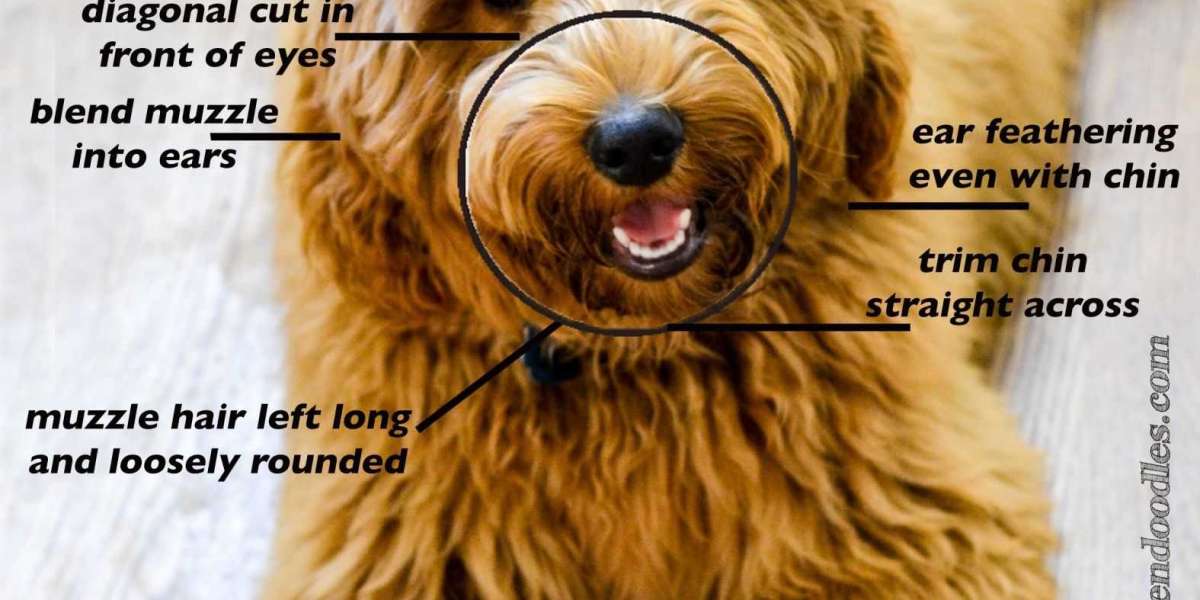Buscar
entradas populares
Categorías
- Automóviles y Vehículos
- Negocios y Oportunidades
- Economía y Comercio
- Educación
- Entretenimiento
- Cine y Animación
- Juego de azar
- Historia y Datos
- Estilos de vida
- Servicios
- Noticias y Política
- Pueblos y Naciones
- Animales y mascotas
- Lugares y Regiones
- Ciencia y Tecnología
- Deporte
- Viajes y Eventos
- Medios de comunicación social
- Otro





